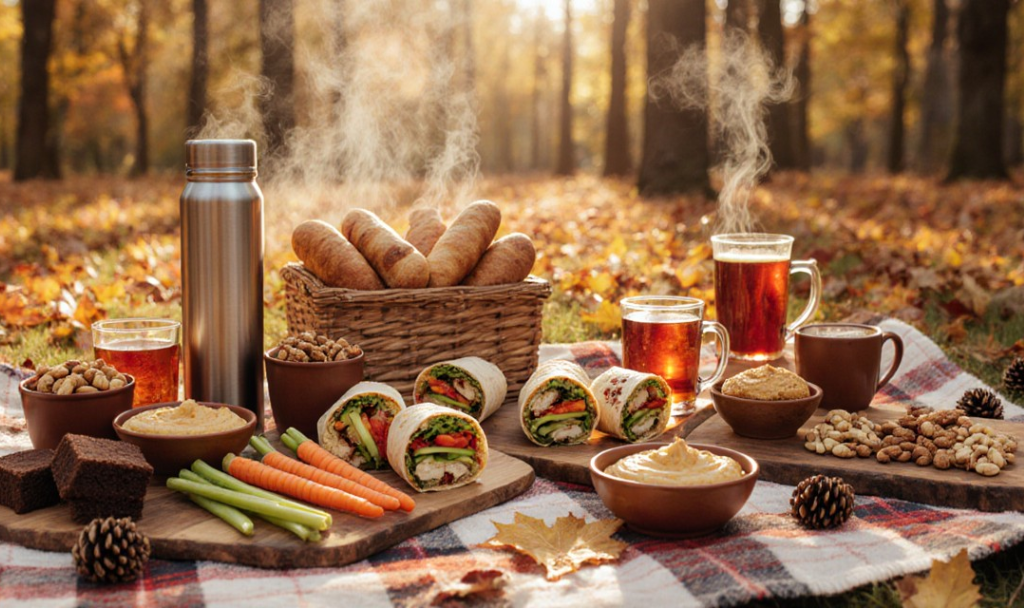
Uncovering Milk Myths: Shelf Life and Quality Explained
Understanding the Quality and Shelf Life of Milk
A lot of horror stories tell about the quality of milk: about being diluted with water and made from milk powder, and a long shelf life is achieved only by adding chemistry. But is this so, and what is the shelf life of milk to demonstrate its naturalness?
We offer to understand this together.
RAW MATERIALS
Reading the composition of milk, you can see different names of raw materials:
- Whole — natural milk with a natural balance of proteins, fats, and carbohydrates.
- Normalized — milk is divided into skim milk and cream, and then combined in the desired proportion to obtain a product with a lower percentage of fat content (add more skim milk) or higher (add more cream).
- Skim - milk, from which cream is separated during the process of separation. The taste is not particularly different from whole milk, but it has a lower energy value.
- Reconstituted — obtained by mixing powdered milk and water.
HEAT TREATMENT
If we talk about the shelf life of milk, then it is affected not so much by the type of raw material as by the processing method. On the packaging, you can meet one of the following terms:
- Sterilized — boiled milk (heated to 100°C and above), in which practically no beneficial substances and bacteria remain. But due to such processing, milk can be stored for a long time.
- Pasteurized — milk that is heated to 60°C. At this temperature, beneficial microorganisms die, but can easily resume life. Milk has a short shelf life and should be stored at a low temperature.
- Ultra-pasteurized — heating to 140-150°C for several seconds and then the same rapid cooling. With this treatment, the harmful bacteria die, but the taste and nutrients remain. Such milk has a long shelf life.
I want to emphasize:
it is safe to use raw milk only for the first 2 hours after milking, as harmful microorganisms begin to actively develop after milk; therefore, heat treatment is so important and necessary.
PACKAGING
An important role in the quality and preservation of milk is played by packaging. Modern milk packaging can be divided into three types:
- Soft — high-strength polyethylene bags, paper bags. Often used for pasteurized milk with a shelf life of 3 to 5 days.
- Semi-rigid — thermoplastic with a sealed cover. Usually used for dairy products with a shelf life of 5 to 7 days.
- From sheet and combined materials — cardboard boxes with a multilayer coating inside, or simply — Tetra Pak. The best packaging option for ultra-pasteurized and sterilized milk, the filling of which requires aseptic conditions, is very important.
Our team also decided to find out whether milk can be natural if its shelf life is up to 6 months.
So, a shelf life of up to 6 months can be seen on the packaging of ultra-pasteurized milk in the Tetra Pak package. How is this done?
The fact is that there are simply no bacteria in the milk packaging that can adversely affect the quality of the milk. The bag undergoes special sterilization, after which milk is poured into the packaging in the closed part of the machine to prevent any contact with the environment. In addition, the bag is sealed below the liquid level in order to prevent air from entering the package.
The uniqueness of the package is that it consists of layers of cardboard, polyethylene and foil, which help maintain the sterility and safety of the product: the polyethylene layer protects against moisture, aluminum foil — from oxygen, odors and light (by the way, because of the light for several hours, vitamins are destroyed in milk, so light glass bottles are not the best packaging option).
We hope that our article was useful. Let your products be of high quality and make your purchases profitable with COSTLESS!



